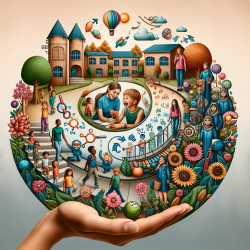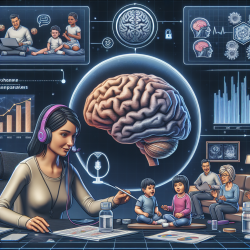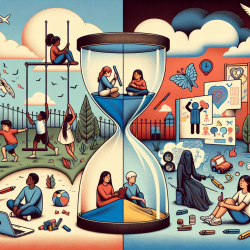Imagine a classroom where every child's voice is heard, understood, and valued. However, for some students, speech sound disorders can create a barrier to this ideal learning environment. In this fun and easy-to-read blog, we dive into the social impacts of speech sound disorders on children in public schools and explore how different methods of social impact assessment can light the way to more effective therapy services.
Let's meet our three hypothetical friends:
- Case 1: A child who stumbles over many sounds, turning each word into a puzzle.
- Case 2: A child who can't quite catch the elusive /r/, making "rabbit" sound like "wabbit."
- Case 3: A child whose sibilants hiss with a lateral lisp, making "sun" sound like "thun."
These cases, while hypothetical, shed light on the diverse challenges faced by children with speech sound disorders in school settings. The assessment of the social impact of these disorders is crucial, yet often overshadowed by traditional articulation assessments and developmental norms. By understanding each child's unique needs, speech-language pathologists can tailor their services to not just correct the sounds, but to build confidence, enhance social integration, and improve overall academic performance.
So, what's the takeaway? Social impact assessments offer a fuller, more vibrant picture of a child's speech and language needs, guiding us toward interventions that are not only effective but also meaningful. Through these assessments, we can ensure that every child is heard, understood, and given the opportunity to shine in their own unique way.
For more information, please follow this link.










